‘The Forest Has Changed How I See Myself’: A Wildlife Photographer Reflects on 15 Years in the Wild
Have you ever found yourself stuck in traffic or scrolling endlessly through your phone, and suddenly wished you were somewhere else — maybe in a forest, under open skies, surrounded by birdsong?
Maybe it’s a childhood memory — a family trip to a wildlife park, a photo of a tiger that stayed with you, or just the quiet joy of watching a bird hop across your balcony railing. That tug you feel? It’s a longing that many of us carry — a quiet urge to reconnect with the wild. Not as tourists. Not for the thrill. But because it feels like home.
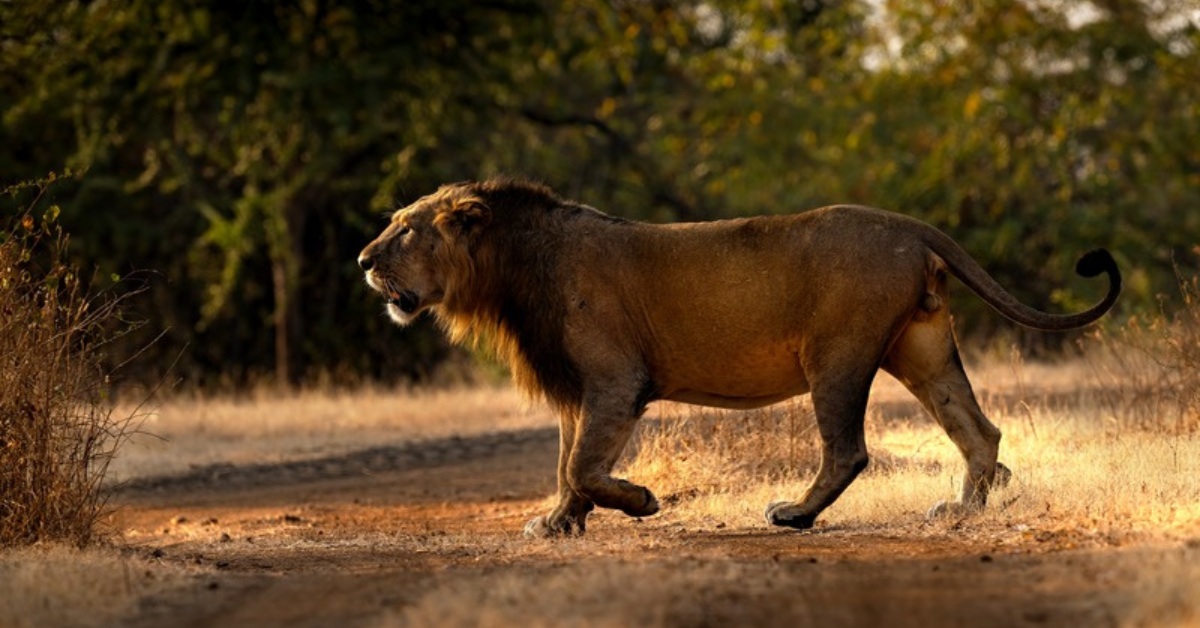 Sanket Reddy is a wildlife photographer, conservationist, entrepreneur, and social activist who has spent 15 years roaming the wild trails.
Sanket Reddy is a wildlife photographer, conservationist, entrepreneur, and social activist who has spent 15 years roaming the wild trails.
For Sanket Reddy, that connection isn’t just a feeling — it has become his life. A wildlife photographer, conservationist, entrepreneur, and social activist, Sanket has spent years in forests around the world. He has walked beside grizzly bears, locked eyes with black panthers, and found wisdom in silence — all with a camera in hand. But more than the experiences or the images he’s captured, it’s the lessons that nature has given him that have truly stayed.
“Nature has given me and taught me so many life lessons that I wouldn’t have picked up otherwise,” he says. “It has changed how I see the world — and how I see myself.”
What we can learn from those who live closest to nature
Over the years, Sanket has spent time in some of the world’s most remote forests. And while the animals have always fascinated him, it’s often the people who live alongside them who’ve made the biggest impact.
“They’ve fed me, sheltered me, and taught me things I would never have found in books,” he shares. From South India to Central America, Sanket has met tribal communities whose lives are beautifully in sync with nature. Their stories, rituals, and daily rhythms are shaped by the land and all that lives on it.
He remembers one such experience vividly. In a village where an elephant in musth had damaged homes and crops, Sanket expected to find tension or anger. But what he witnessed instead left him humbled.
“They weren’t infuriated or agitated at all. They showed complete understanding, even though it would have cost them financially and emotionally. That made me very happy, and I felt that we were on the right track,” he says.
These communities don’t just coexist with animals. They respect them. They understand the value of every species, no matter how small or seemingly insignificant. “If you look at their rituals, practices and beliefs, you will find that they respect animals a lot. They know the importance of every species around them,” he adds.
‘Even a sparrow can teach you something’
You don’t need to be deep in the jungle to feel connected to nature. Sanket believes it starts with something as simple as paying attention.
“Even if you are just watching a sparrow, you must take the effort to understand why they are doing what they are doing,” he says. In our busy lives, we often overlook these small moments. But to Sanket, they matter. Because noticing is the first step towards caring. And once you care, conservation doesn’t feel like a responsibility — it feels like a natural extension of who you are.
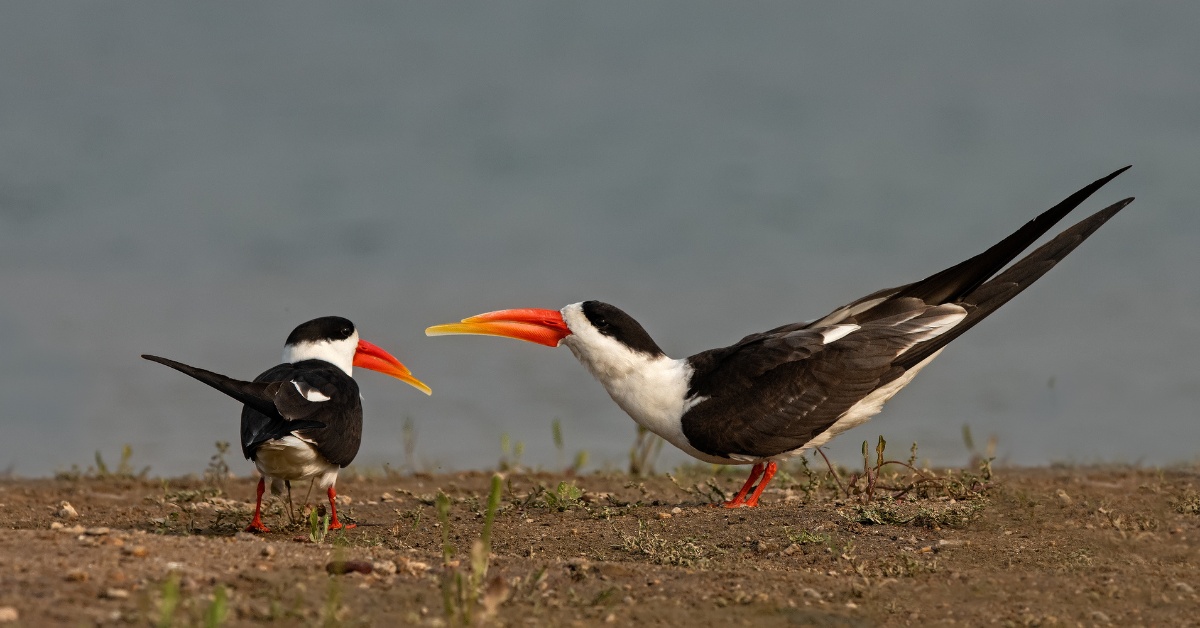 Sanket believes that connection to the jungle starts with something as simple as paying attention.
Sanket believes that connection to the jungle starts with something as simple as paying attention.
He has seen it firsthand. People who once poached animals for a living turned into protectors of the same species. So, what changed? “Education is key here,” he says. “A lot of people just don’t know the long-term damage their actions cause. Once they do, their outlook changes completely.”
That’s why, for Sanket, photography is just one part of his work. He spends time talking to communities, listening to their stories, sharing what he’s learnt, and learning from them too.
‘Do it for the love, not the likes’
Wildlife photography, for Sanket, has never been about fame or a social media following. “Do it only because you love it and to add value to animals’ lives. Don’t do it to get a few good pictures. People may not have the means to see and experience what you see. However, you can do so through your photos and photo stories. Do not look at wildlife photography from a monetary aspect as it may push you to forego your core beliefs,” he says.
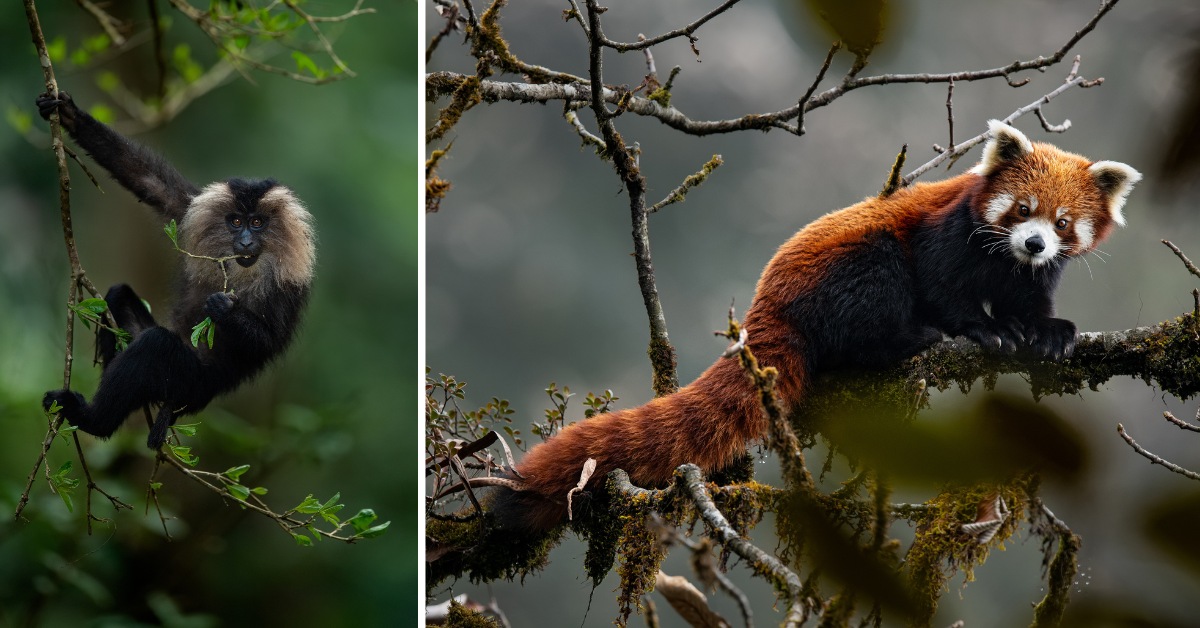 If you ever come across wrongdoing in the wild, Sanket has a clear message: act, but do it safely.
If you ever come across wrongdoing in the wild, Sanket has a clear message: act, but do it safely.
His most powerful moments haven’t come from the click of a shutter — but from the quiet trust of an animal. “There is no greater joy than that. When no words are spoken and just your actions are earning you the trust from the animal, that speaks volumes!”
And if you ever come across wrongdoing in the wild, Sanket has a clear message: act, but do it safely. “Just like I do, you must also wield the camera as a weapon when you encounter poachers – act quickly and take a photo of them and share it with authorities – do not engage with them directly as they can be armed.”
Change takes time, but it’s happening
When Sanket first began his work over 15 years ago, poaching was widespread. Animals were often seen as obstacles, or worse, sources of profit. But over time, he’s seen a shift.
“Thanks to the efforts of these organisations, local bodies and the Forest Department, they’ve educated people and shown them a better way of life to coexist with these animals. Previously, they only looked at the short term, trying to make a fast buck. Now, many see animals not as threats, but as neighbours.”
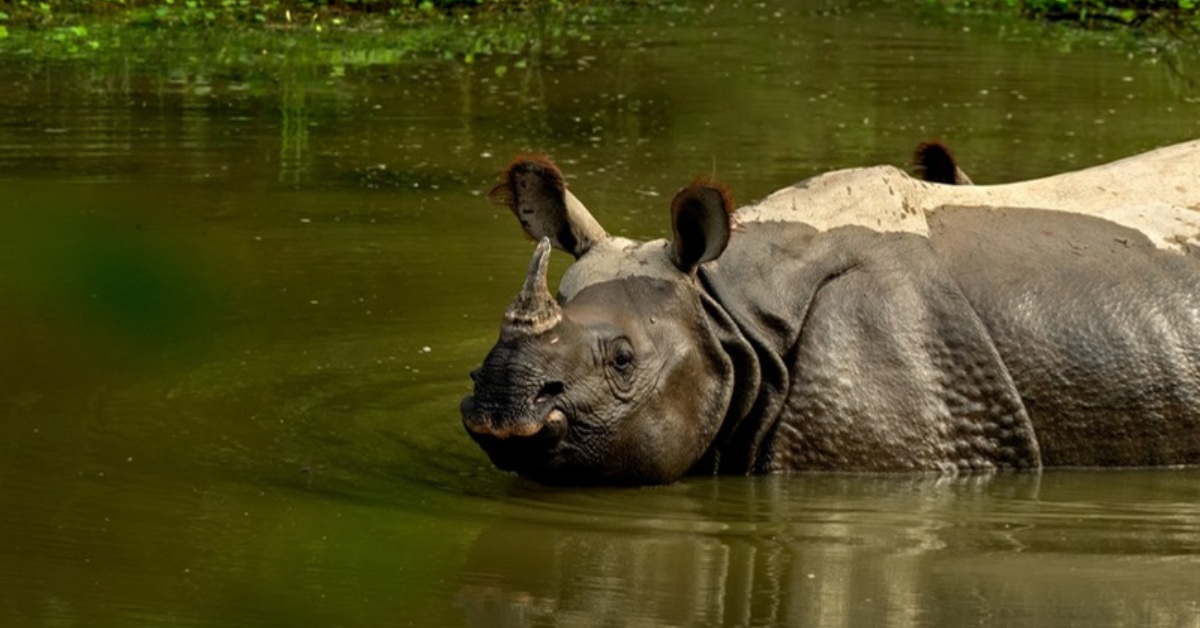 Sanket’s book, View Finder, consists of stories, insights, and moments that shaped him as a wildlife photographer.
Sanket’s book, View Finder, consists of stories, insights, and moments that shaped him as a wildlife photographer.
To share what he’d learnt from the wild, Sanket wrote View Finder — a book filled with the stories, insights, and moments that shaped him. “Humans always seek to gain something, right? I have gained immensely from nature just by observing and understanding so many things about it. The young people are the future. They are the ones to whom we need to pass on this knowledge. People may be in any profession, but if your passion truly lies with nature, I would urge you to strongly fight for it!”
What you can do, starting today
You don’t need fancy gear or a biology degree. Here’s how you can start, right where you are:
- Volunteer with organisations that protect wildlife or educate people about it
- Be a thoughtful traveller — follow park rules, stay quiet, and never cross into animals’ space
- If you witness poaching or abuse, take a photo (from a safe distance) and report it
- Look around. From sparrows to banyan trees, nature is trying to talk to you — listen
Sanket truly believes that small acts add up. And that if more of us pause, notice, and care, the ripple effect could be enormous.
This planet isn’t ours alone
Poaching is still a threat. More than 300 species in India are endangered. But Sanket believes there’s hope — because people are changing. Because awareness is growing. Because young people care.
The forests aren’t just pretty places for weekend getaways. And the animals aren’t just things to point a camera at. They’re part of a fragile, ancient balance that we are lucky to still be part of.
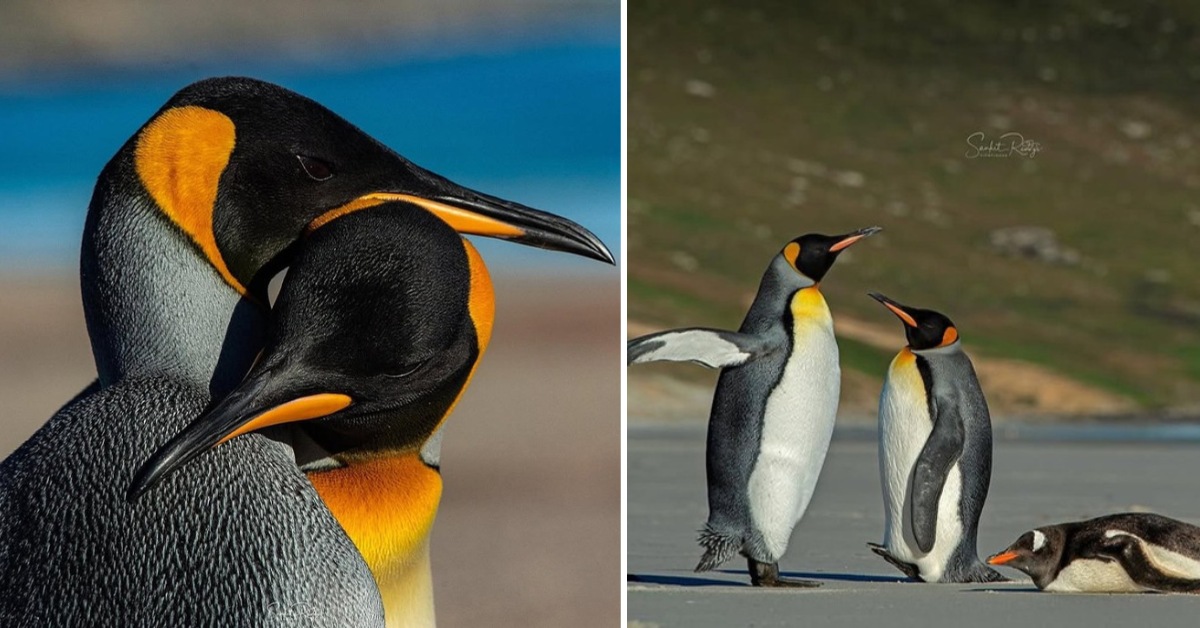 More than 300 species in India are endangered. However, hope persists.
More than 300 species in India are endangered. However, hope persists.
“Nature isn’t a place you visit,” Sanket reminds us. “It is home.”
Maybe, in trying to find our way back to it, we’ll end up finding something far more important — our own sense of belonging.
Edited by Khushi Arora; All images courtesy Sanket Reddy
News